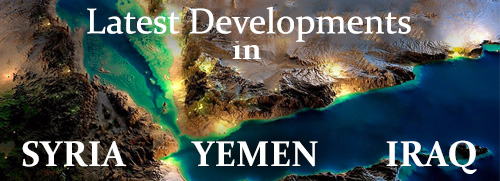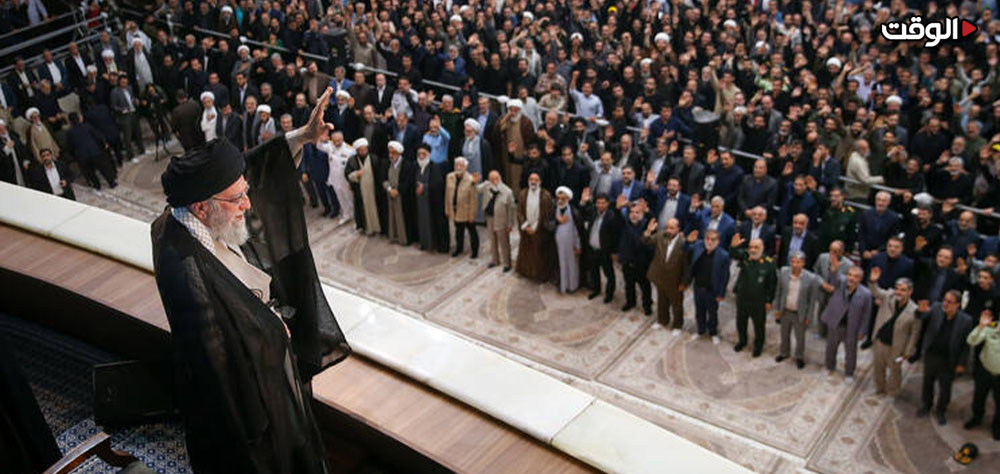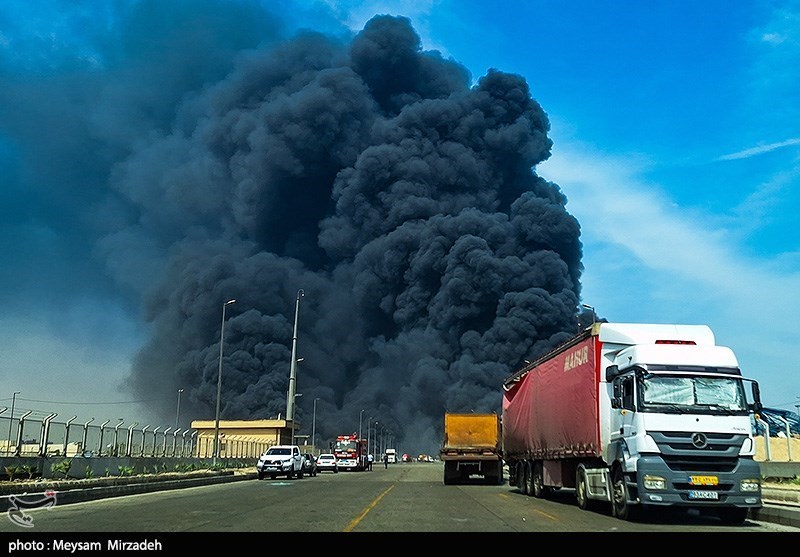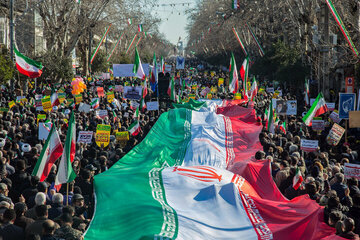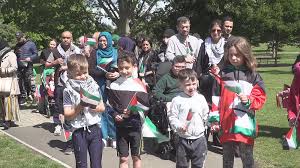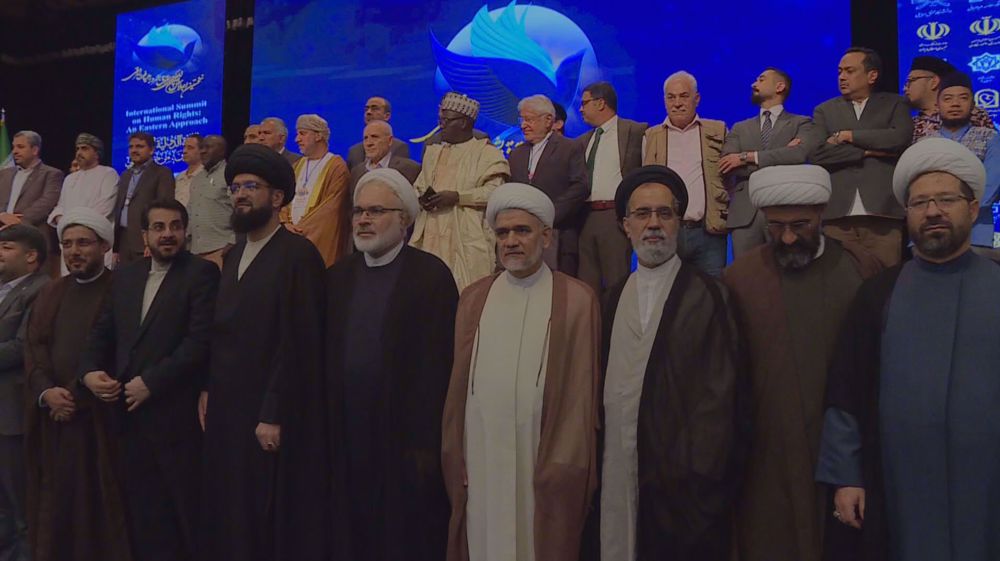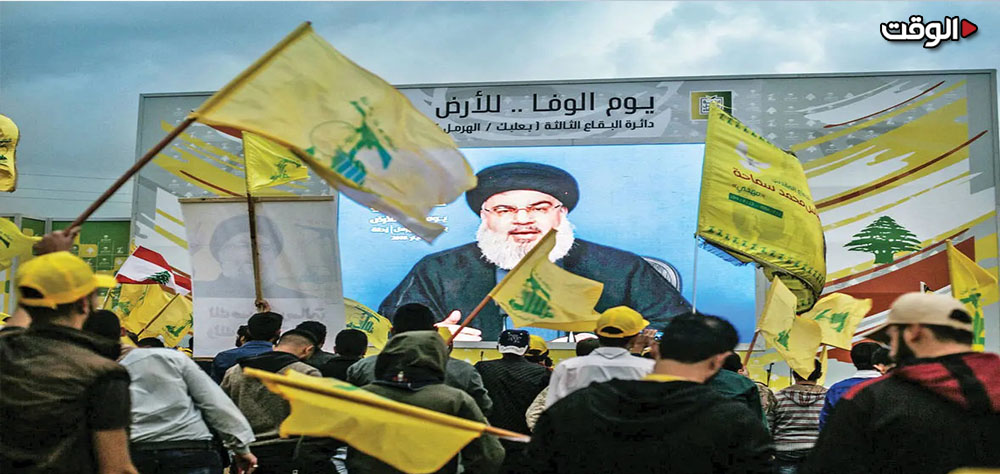Awaght- The international community and especially the people of Japan are today in a somber mood marking the 70th anniversary of the deadly atomic bombing of the Japanese city of Hiroshima and later Nagasaki by the United States, an act termed by many as a crime against humanity.
On Thursday, Prime Minister Shinzo Abe took part in a ceremony at the Peace Memorial Park in downtown Hiroshima, which was also attended by some 40,000 survivors and foreign delegates representing about 100 countries.
The Japanese premier also said Tokyo would submit a new resolution to the United Nations General Assembly later this year to abolish nuclear weapons.
The crowd observed a minute’s silence to mark the anniversary of the bombing at 8:15 am local time, when an American B-29 bomber named Enola Gay dropped a 4-thousand kilogram uranium bomb on Hiroshima, on August 6th, 1945.
Days later on August 9, the Japanese port city of Nagasaki was also attacked by an atomic bomb, which left another 70,000 people dead.
The bombs reduced Hiroshima, population 350,000, and Nagasaki, 210,000, to smears of ash and vaporized at least 200,000 civilians. Upwards of another 250,000 were to die from radiation poisoning in later years.
In a radio broadcast within hours of Hiroshima, an arrogant and defiant US President Harry Truman told Americans: “We are now prepared to obliterate more rapidly and completely every productive enterprise the Japanese have standing above ground in any city. We shall destroy their docks, their factories and their communications. Let there be no doubt.” (Docks, factories, communications. . . People didn’t rate a mention.)
Days later, of course, Truman made good on his threat. One of the first doctors to arrive in Hiroshima after the blast said: “Tremendous numbers of unidentified corpses were piled up and cremated on the spot. The injured and irradiated continued to die. Day and night in every corner of the city, corpses are piled upon the corpses and burned.”
A front page report in the New York Times carried the headline: “No radioactivity in Hiroshima ruin.” The atomic episode was all over and the war had ended a result.
It wasn’t until the Australian Wilfred Burchett arrived as the first journalist to make it to Hiroshima that the aftermath of the explosion was described to a western audience: “I write this as warning to the world,” was his intro on page one of the Daily Express. He described in detail how he had walked through a hospital ward packed with people with their skin hanging in flaps from their bodies, eyes opaque, dying, but with no visible marks. There being no word for it yet, he wrote of “an atomic plague.”
In retaliation for telling it as he had seen it, his press accreditation was famously withdrawn. He was vilified for years. In some circles he still is.
Eamonn McCann in an opinion piece published recently by the Iris Times says the justification for the bombing offered then and since continues to be that it brought the war to a speedy end and so actually saved lives. He notes that, the moral basis for this proposition is, at best, shaky – as is the calculation on which it is based. True, the Japanese surrendered within a week of Nagasaki.
But there is strong evidence that they had been ready for surrender before the Enola Gay emerged from the clouds above Hiroshima and unloaded “Little Boy” – a cuddly, anthropomorphic name for a device designed to kill on a scale unknown in all prior history. The Nagasaki bomb was nicknamed “Fat Man”.
The US strategic bombing survey, commissioned by Truman, compiled by a civilian team including John K Galbraith and based on interviews with more than 400 US officers and on access to the complete Japanese military logs, reported in July 1946: “Based on a detailed investigation of all the facts and supported by the testimony of the surviving Japanese leaders involved, it is the survey’s opinion that . . . Japan would have surrendered even if the atomic bombs had not been dropped, even if Russia had not entered the war and even if no invasion had been planned or contemplated.”
The Soviet Union joined the war in Asia two days after Hiroshima, a day before Nagasaki, delivering in the nick of time on a promise made by Stalin in Yalta – and also with a view to qualifying as a combatant entitled to a share of the spoils.
The US will meanwhile have wanted to impress on the world and especially on Stalin that it possessed weapons capable of reducing any rival to rubble.
Thus, there were geopolitical reasons for killing everybody in the two Japanese cities that may have been more persuasive with US leaders than urgency to end the war.
The atomic bombing of Hiroshima and Nagasaki had no moral or military justification. It was a crime against humanity.
The United States has gained notoriety as the first country to develop nuclear weapons and the only country to have used them in war. It spends more on its nuclear arsenal than all other countries combined.
Washington’s policy of nuclear terror remains intact. The US refuses to rule out the first use of nuclear weapons in a conflict. Its latest Nuclear Posture Review envisages the use of nuclear weapons against non-nuclear “rogue states” and it is developing a new generation of ‘battlefield” nuclear weapons.
- The IAEA Will Send a Delegation to Tehran Next Week
- World Parliaments Conference Highlights Israel’s Isolation
- Iran’s Missile and Drone Capabilities Remain Intact and Combat-Ready
- Joint Sea-2025 Naval Drills Signal Growing Military Ties Between Russia and China
- UN Warns One Million Women and Girls Facing Starvation in Gaza as Crisis Deepens
- Pezeshkian Praises Pakistan’s ‘Heartening’ Backing Amid Israeli-US War on Iran
- Hezbollah’s Arms Remain a Red Line
- Pezeshkian’s Pakistan Visit a New Window to Closer Strategic Ties
- IRGC Dismisses Two-State Solution as a Sinister Plot
- Gaza: Another Palestinian Journalist Killed in Israeli Attack, Fatalities Now at 233
Editor's Choice
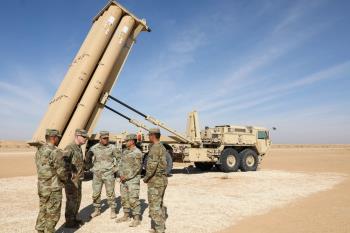
What Are the Consequences of American and Israeli Interceptor Missiles Drain? The 12-day war exposed the American and Israeli vulnerability to protracted missile strikes.
What Are Regional and International Effects of Macron’s Decision to Recognize Palestinian State? The French government finally joined the world front to support Palestine, something proving that resistance is the best option for Palestinians.
Why’s Syria not Settling Down? Syria has sunken into a state of chaos as the central government is weak and Israeli intervention is sending things complicated.
Resistance or Destruction: Syria Developments Have Serious Lessons to Iraq and Lebanon Syria is sinking in chaos as it forsook its historical resistance identity and this sends warnings to Iraq and Lebanon.
As Syria Sinks in Crisis again, Re-embracing Spirit of Resistance Looks Only Working Choice Syria faces a serious danger of split under al-Jolani’s rule and the only option for survival is return to its past path.
News
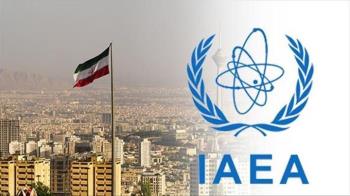
The IAEA Will Send a Delegation to Tehran Next Week
According to a knowledgeable source, an IAEA delegation will travel to Tehran next week to engage in talksIran’s Missile and Drone Capabilities Remain Intact and Combat-Ready Major General Amir Hatami highlighted the country’s steadfast missile and drone strengths as key to its preparedness for potential military conflict
Joint Sea-2025 Naval Drills Signal Growing Military Ties Between Russia and China Amid rising tensions with the United States over the Ukraine conflict, Russia and China have begun their ’Joint Sea-2025’ naval exercises
UN Warns One Million Women and Girls Facing Starvation in Gaza as Crisis Deepens According to the United Nations office in Geneva, the number of women and girls starving in Gaza has reached one million
Pezeshkian Praises Pakistan’s ‘Heartening’ Backing Amid Israeli-US War on Iran President Masoud Pezeshkian praised Pakistan’s unwavering backing of Iran throughout the recent 12-day Israeli-American conflict
IRGC Dismisses Two-State Solution as a Sinister Plot The IRGC dismissed the “devilish conspiracy” to implement a two-state solution allowing the Zionist regime to coexist with an independent Palestinian state
Gaza: Another Palestinian Journalist Killed in Israeli Attack, Fatalities Now at 233 An Israeli strike in Gaza has claimed the life of another Palestinian journalist
Pezeshkian Projects Annual Iran-Pakistan Trade Volume to Hit $10 Billion Iran and Pakistan intend to raise their annual trade volume to $10 billion, according to President Masoud Pezeshkian
Despite JCPOA Failures, Berlin Sides with US in Renewed Pressure on Iran Amid rising tensions, Germany’s Foreign Minister threatened to trigger the JCPOA snapback mechanism
Over 4 million Zionist Settlers Flee as Yemeni Missile Bypasses Israeli Defense Systems Yemen’s Armed Forces have launched another hypersonic ballistic missile at the Israeli regime’s most vital airport
Sheikh Qassem Vows Hezbollah Will Keep Its Weapons and Stand Firm Hezbollah Secretary-General Sheikh Naim Qassem stated that the Lebanese resistance will never agree to surrender its weapons to Israel
Israeli Crimes Must Be Stopped—These Are the Nazis of Our Time, Says Qalibaf Iranian Parliament Speaker Mohammad Baqer Qalibaf denounced the Zionist regime’s brutal actions in Gaza and its aggression toward Iran
HTS Executes Syrians While Simultaneously Filming the Violence Disturbing videos shared on social media show armed members of Hay’at Tahrir al-Sham (HTS) brutally executing unarmed Druze civilians
US Calls on Lebanon to Dismantle Hezbollah Ahead of Israeli Withdrawal The United States has reportedly placed significant pressure on the Lebanese government to disarm Hezbollah
Iran Seeks Closer Bilateral Ties, Araghchi Says in Meeting with Tajik President Iran is determined to expand ties with Tajikistan in diplomatic, economic, cultural, and other areas by drawing on shared values and interests
Leader: The 12-Day War Highlighted the Islamic Republic’s Unmatched Resilience Ayatollah Seyyed Ali Khamenei, Leader of the Islamic Revolution, stated that the recent 12-day war showcased the Iranian nation’s strength and resolve
New York Shooting Leaves Four Dead, Including Law Enforcement Officer A shooting in a Manhattan high-rise left four dead, including an officer, after the gunman took his own life
Israeli UAV Strike Kills One, Injures Four in Southern Lebanon Lebanese officials report that the Israeli military struck the southern province of Nabatieh, resulting in one death and four injuries
Iran: Israel Orchestrating Plan to Disintegrate Syria The Iranian envoy to the United Nations warned that Israel’s actions aimed at undermining Syrian territorial integrity breach the principles of the UN Charter
Iran Ready to Confront Israel and US Militarily, Top General Says Iran’s top military commander stated the nation is fully prepared to respond to any new aggression from Israel or the United States
Most Viewed
Joint Sea-2025 Naval Drills Signal Growing Military Ties Between Russia and China
The IAEA Will Send a Delegation to Tehran Next Week
World Parliaments Conference Highlights Israel’s Isolation
UN Warns One Million Women and Girls Facing Starvation in Gaza as Crisis Deepens
Hezbollah’s Arms Remain a Red Line
Iran’s Missile and Drone Capabilities Remain Intact and Combat-Ready
Pezeshkian Praises Pakistan’s ‘Heartening’ Backing Amid Israeli-US War on Iran
The Grand Project: Iran’s Long Step to Settle Water Crisis
Will Qatar Stop Gas Supplies to the EU?
Iran: Israel Orchestrating Plan to Disintegrate Syria
What Are the Consequences of American and Israeli Interceptor Missiles Drain?
Leader: The 12-Day War Highlighted the Islamic Republic’s Unmatched Resilience
Why’s Iranian Branch of PKK not Disarmed?
Iran Ready to Confront Israel and US Militarily, Top General Says
Iran Seeks Closer Bilateral Ties, Araghchi Says in Meeting with Tajik President
Over 4 million Zionist Settlers Flee as Yemeni Missile Bypasses Israeli Defense Systems
Despite JCPOA Failures, Berlin Sides with US in Renewed Pressure on Iran
Iran to Europe: No Snapback, Defense Off Limits
What Are Regional and International Effects of Macron’s Decision to Recognize Palestinian State?
Israeli UAV Strike Kills One, Injures Four in Southern Lebanon
Gaza: Another Palestinian Journalist Killed in Israeli Attack, Fatalities Now at 233
US Calls on Lebanon to Dismantle Hezbollah Ahead of Israeli Withdrawal
From Ethiopia to Indonesia as Destinations: Has the Grand Migration of Gazans Started?
Israeli Soldiers Returning from Gaza War Increasingly Commit Suicide
Resistance or Destruction: Syria Developments Have Serious Lessons to Iraq and Lebanon
Tehran Denies Outreach for Negotiations, Labels Trump’s Comments as Groundless
Senior Iranian General Says Armed Forces Fully Confronted Threats
BRICS Praised for Denouncing Israeli War Against Iran
Following Israeli Aggression, Yemen’s Ansarullah Promises to Deprive Zionists of Rest
Iran, Russia to Launch Joint Naval Drill in Caspian Sea
Iran’s Military Strength Largely Unused, General Issues Warning to Israel
Robust Yemeni Air Defense Stuns Israeli Forces
Iran to Maintain Uranium Enrichment, Says Foreign Minister
UNRWA Chief: Hunger and Exhaustion Causing UN Staff and Doctors to Collapse in Gaza
China-Iran Diplomatic Talks Held in Beijing
New Roadmap for Lebanon Betrays Next American-Israeli Moves
What’s behind the Dangerous Push to Disarm Resistance Groups in Iraq?
In Focus
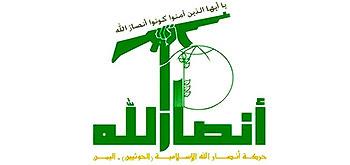
Ansarullah
A Zaidi Shiite movement operating in Yemen. It seeks to establish a democratic government in Yemen.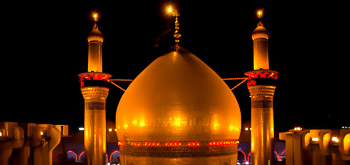
Shiite
represents the second largest denomination of Islam. Shiites believe Ali (peace be upon him) to be prophet"s successor in the Caliphate.
Resistance
Axis of Resistances refers to countries and movements with common political goal, i.e., resisting against Zionist regime, America and other western powers. Iran, Syria, Hezbollah in Lebanon, and Hamas in Palestine are considered as the Axis of Resistance.
Persian Gulf Cooperation Council
A regional political u n i o n consisting of Arab states of the Persian Gulf, except for Iraq.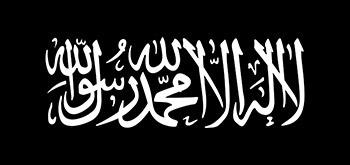
Taliban
Taliban is a Sunni fundamentalist movement in Afghanistan. It was founded by Mohammed Omar in 1994.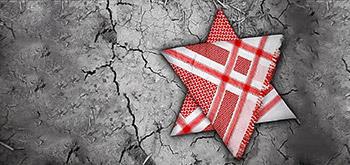
Wahhabism & Extremism
Wahhabism is an extremist pseudo-Sunni movement, which labels non-Wahhabi Muslims as apostates thus paving the way for their bloodshed.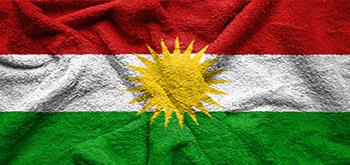
Kurds
Kurds are an ethnic group in the Middle East, mostly inhabiting a region, which spans adjacent parts of Iran, Iraq, Syria, and Turkey. They are an Iranian people and speak the Kurdish languages, which form a subgroup of the Northwestern Iranian branch of Iranian languages.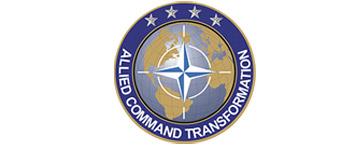
NATO
The North Atlantic Treaty Organization is an intergovernmental military alliance based on the North Atlantic Treaty which was signed on 4 April 1949.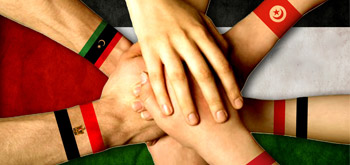
Islamic Awakening
Refers to a revival of the Islam throughout the world, that began in 1979 by Iranian Revolution that established an Islamic republic.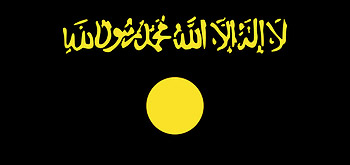
Al-Qaeda
A militant Sunni organization founded by Osama bin Laden at some point between 1988 and 1989
New node
